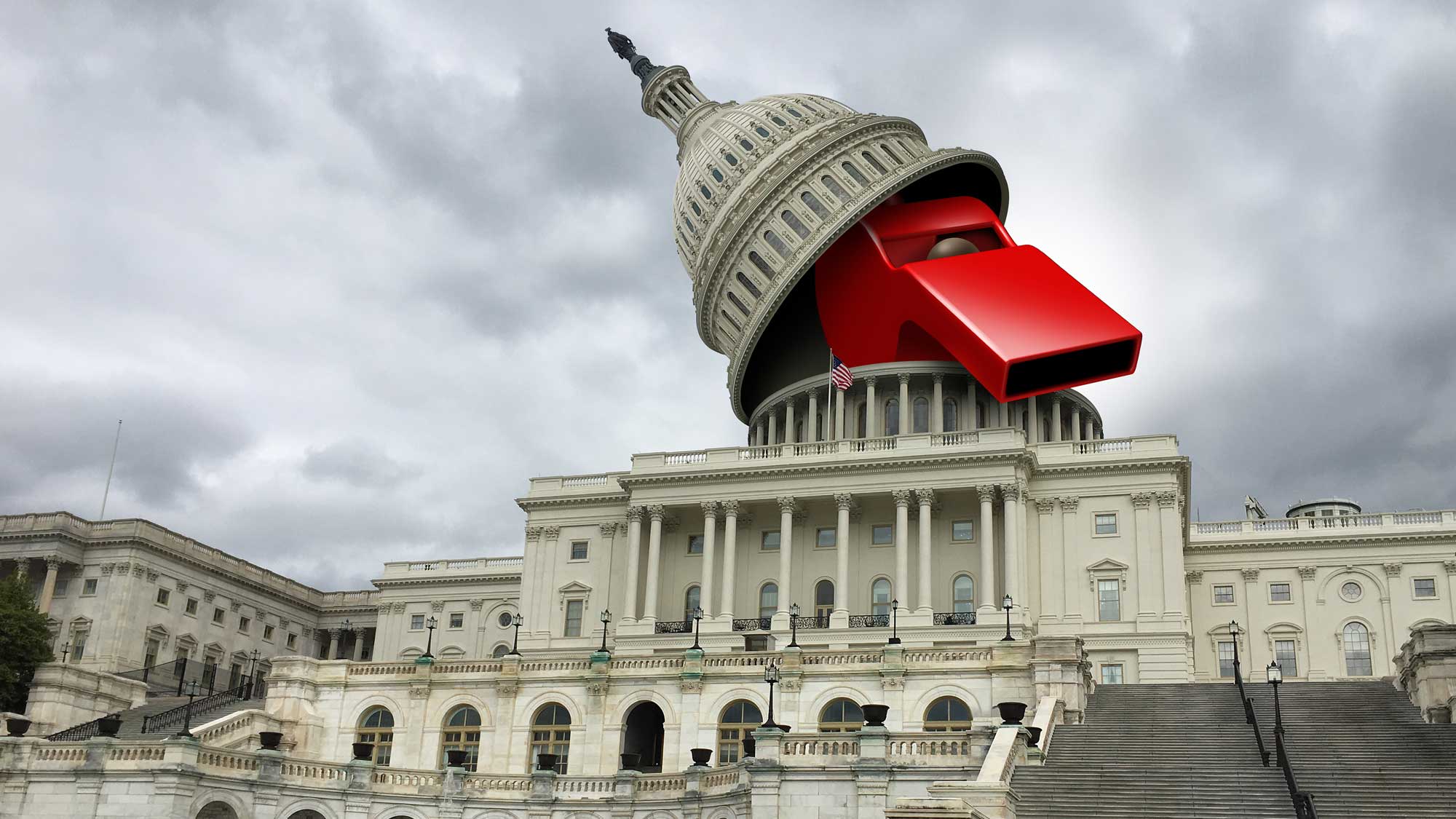The History of the False Claims Act: Purpose & Protections
Learn more about how the False Claims Act’s (FCA) purpose and protections have evolved and have been modernized to encourage whistleblowers to report fraud.
Defining a Whistleblower
A whistleblower is typically an “insider” in a company (or sometimes a government agency) who uncovers instances of fraud, waste, abuse, or corruption in the company and discloses that wrongful conduct to someone capable of remedying the behaviors at issue.
The mechanism for this work is the U.S. False Claims Act, which is a law that protects whistleblowers from retaliation for reporting what they know and allows them to collect part of the government’s recovery.
The False Claims Act’s 1863 Origins
During the Civil War, private contractors supplying goods to the Union Army recognized that their products were in high demand and perceived that there were no real consequences for sending substandard goods at overly high prices or sending less than the amount ordered. (One war profiteer at the time had boasted, “You can sell anything to the government at almost any price if you’ve got the guts to ask.”)
In response to reports of the Union Army receiving moth-eaten blankets, diseased horses, or boxes of sand instead of boxes of guns, Congress—with strong support from President Lincoln—passed the False Claims Act on March 2, 1863. (The False Claims Act, in fact, is sometimes referred to as Lincoln’s Law.)
The purpose of the original False Claims Act was to punish those who profited from fraud against the government. The FCA imposed a civil fine of up to $2,000 and a prison sentence of up to five years on offenders and allowed the government to recover up to double twice of what it had lost from the fraud. The original Act also included a provision allowing private citizens to sue on behalf of the government. Those who brought successful lawsuits—“relators”—were entitled to receive 50% of the amount the government recovered.
The statute remained relatively untouched until 1943, at the height of World War II.
Reduced FCA Protections in 1943
Congress drastically weakened the False Claims Act. It reduced the reward for relators, eliminating the original 50% share, and allowed courts to award a maximum of only 25% of the government’s recovery. A relator could even receive nothing for their efforts. Congress also restricted the scope of cases that could be brought under the Act.
These amendments drastically reduced the incentive to report fraud, a main purpose of today’s False Claims Act.
Bringing the Law Into the 20th Century
Increased federal expenditures and growing reports of contractors bilking the government inspired Congress to amend the False Claims Act.
The False Claims Act Was Modernized in the 1980s
In the 1980s, Congress revisited the False Claims Act,. The purpose of changing the FCA was to encourage the public to come forward with their knowledge to make it easier to investigate and uncover fraud. President Reagan signed an amended False Claims Act into law on October 27, 1986.
The new Act lowered the required burden of proof, imposed treble damages on those found to have committed fraud, lengthened the statute of limitations for filing whistleblower suits, increased potential awards to up to 30% of the government’s recovery, offered individuals reporting fraud protection against retaliation, and covered fees for false claims lawyers.
Strengthening the False Claims Act iIn 2009 And 2010
In 2009, Congress revisited the False Claims Act yet again, enacting the Fraud Enforcement and Recovery Act, which broadened the scope of fraud covered by the False Claims Act, increased the government’s ability to investigate fraud, and expanded whistleblower protection against employer retaliation.
In 2010, the Dodd-Frank Wall Street Reform and Consumer Protection Act imposed harsher penalties for kickbacks, established a timeframe for Medicare and Medicaid providers to return overpayments, and expanded the types of fraud covered by the False Claims Act.
Breaking Down The Modern False Claims Act
Amendments to the False Claims Act have only strengthened its purpose of encouraging people to speak up when discovering fraud schemes. Since 1986, the FCA has led to more than $70 billion in recovered funds. The False Claims Act is codified in five different statutes that collectively hold accountable any person who knowingly submits false claims to the government:
- 31 U.S.C. § 3729: Actions that qualify as “false claims”
- 31 U.S.C. § 3730: Civil actions, awards, and protections
- 31 U.S.C. § 3731: Procedures for bringing false claims forward
- 31 U.S.C. § 3732: False claims jurisdiction rules
- 31 U.S.C. § 3733: Civil investigative demands for evidence of fraud
Read more about the federal False Claims Act and the North Carolina False Claims Act to understand how these laws work together to protect whistleblowers.
Penalties for Making False Claims
Violations of the False Claims Act can result in civil penalties of up to $10,000 and three times the amount of damages that the government sustains due to the fraud.
Thanks to the public’s willingness to come forward and the dedication of lawyers for false claims, the Act continues to serve its purpose 160 years after it was first enacted. This law remains one of the government’s most effective tools for fighting fraud.
The Department of Justice reports billions of dollars recovered each year. These settlements and penalties benefit taxpayers by stopping fraud, waste, and abuse of government programs.
Miller Law Group Protects Those Doing The Right Thing
The lawyers for false claims at Miller Law Group in North Carolina work with whistleblowers reporting fraud against the federal government. We are proud to help the public bring their knowledge of scams to the attention of government regulators who can stop it.
If you think you have a claim under the False Claims Act, contact an experienced attorney from Miller Law Group for a free consultation as soon as possible.


